8 Best Lime Tree Types For Northern California
You shouldn’t lose hope just because you live in a colder climate but are really into lime trees – which are citrus trees that really love the warm weather. You can get this awesome fresh fruit into your garden in a number of ways. You can opt to use a container to grow the tree and relocate it indoors if you live in regions 3 to 8.
You can get lots of limes to enjoy in your kitchen whenever you feel the urge to, from these plants – which can grow to up to 20 feet off the ground.
Consider growing the key lime tree or the Persian lime tree, if you are among the many gardeners looking for a classic lime. On the other hand, you might be better off trying the Kaffir lime tree, if you are an adventurous chef type.
1. The Lemon Lime Tree
lemon-lime tree.
to be among the most powerful types of fruit trees in the natural
world.
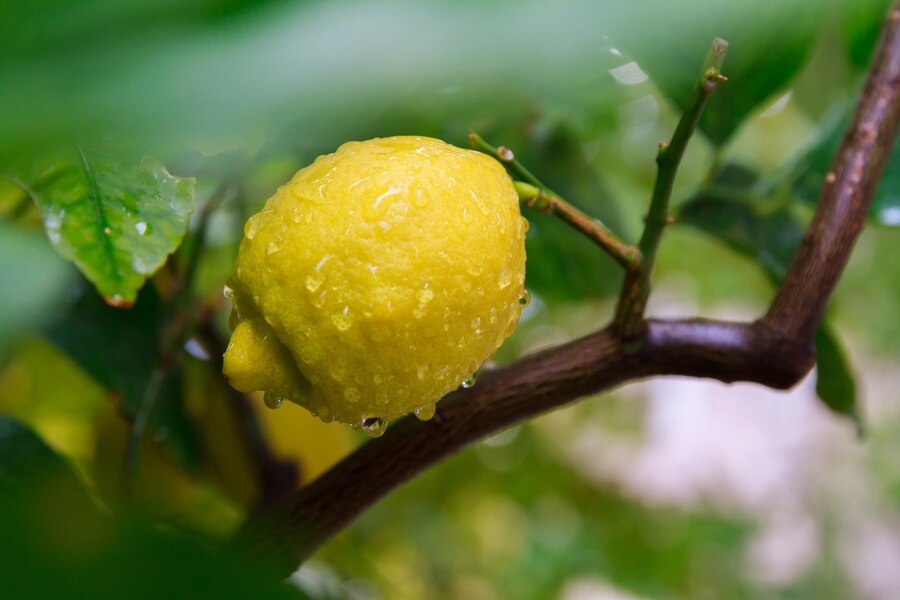
These plants won’t compete for nutrients when grown in the same pot, side by side. This way, you will always have a continuous supply of both limes and lemons. Furthermore, you will also have a one of a kind tree that isn’t found in any other part of the globe.
Uses of Lemon Lime tree
- You can safeguard your brain from the harmful effects of toxic substances in the body with the help of the active chemicals in limes and lemons.
- The risk of brain related illnesses like Alzheimer’s and Parkinson’s can be reduced by limes and lemons.
- Limes and Lemons also help boost circulation of blood.
2. The Bearss Lime Tree
The Bearss lime tree is one half of the two main varieties of Tahiti lime trees.
A dark green seedless lime that turns light green to yellow when fully matured, the Bearss lime tree is grown in California.
It is a created by crossing a lemon tree and a key lime tree.
From winter to late spring, this tree produces fruit.

From winter to late spring, this tree produces fruit. The fruit dominates the commercial market thanks to its long shelf life. The Persian lime – a variant of the Tahiti lime tree grown in Florida – is a close relative of the Bearss lime tree.
Uses of The Bearss Lime Trees
- Promotes healthy skin
- Has great antioxidant properties
3. The Calamansi Lime Tree
Known for being tangy and sweet, the Calamondin orange fruit is a great candidate for container gardening. Popular due to its sweet prized rind, the juice of the citrus fruit is sour. If you are looking for a Chinese Lunar New Year gift, this citrus tree is the perfect option.
The fruit is actually a lime that closely resembles a tangerine. Other popular names of the Calamansi include the Panamanian Orange or Kalamansi.

Custom micro-budding technology is used in grafting this tree. As such, seeds or cuttings are not used to grow it.
Uses of The Calamansi Lime Tree
- You can decorate spaces or flavor drinks and fruit using the Calamansi tree or its lime-orange tasting tropical citrus fruits.
- The Calamansi can be used for skin bleaching
- Anti-inflammatory use
- Promoting the production of collagen
- Improving the immune system
- Mucus reduction
4. The Kaffir Lime Tree
In terms of structure, Kaffir lime trees are normally shrubby and small. In addition to their dark green sheen which is glossy, the leaves have a unique broad petiole that gives them a double lobed appearance.
Given the racist background of the term “Kaffir” by English colonists, the Kaffir lime tree is also has a more politically correct reference, the “Makrut lime tree”.
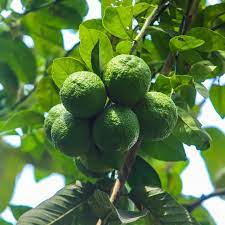
When collecting fruit from this tree, it is highly recommended that you wear gloves. The plant has thorny branches all over, a feature referenced in its Latin name Citrus hystrix – hystrix translates to hedgehog. The tree, which can grow to a height of up to 25 feet, requires an abundance of humidity and warmth, and normally thrives in climate zones 10 to 12.
Just like lemon grass and bay leaves, kaffir leaves and the fruit’s lime zest add a lot of flavor to dishes.
By using the freshet possible ingredients, you will be pleased with the taste of your own stir-fries and Thai curries.
Known across the globe thanks to the highly sought after essential oil obtained from its leaves, the Kaffir lime tree is distinguished by its unique leaves which look like two separate segments due to their double lobed structure. To produce healthy, well developed fruit, citrus trees are not drought resistant and require between 4 and 6 inches of water on a monthly basis during summer.
To encourage the growth of bushier and shorter trees, Kaffir lime trees may be pruned when younger. In addition to encouraging new growth, pruning is also considered to be the best way to harvest the leaves.
Early spring and summer is the best time to prune small branches. To create more airflow, be sure to start pruning from the tree’s center. The cutting should be done in a flat manner, at the point of each limb’s attachment to the branch. The training of all citrus trees should be characterized by an open center and a suitable shape. Increasing light to the branches, boosting the flow of air across the canopy and increasing total leaf area, are the three main objectives of pruning.
Use of Kaffir Lime Trees
- The fruit only has a little amount of a very bitter juice that is also very tart. However, it has numerous seeds. A variety of traditional dishes, medicines, cleaners, natural bleach and shampoos are made using the fruit juice, fruit rind and leaves.
5. The Mexican Lime Tree
Associated with a variety of names, including the key lime tree, Mexican lime trees are the source of one of the most common types of limes in the United States. Normally slight smaller than a lemon in size and characterized by green flesh, the fruit is easily available in supermarkets.
Also referred to as the West Indian Lime, the Citrus aurantifolia can live for up to 150 years and grow to be 15 feet high.
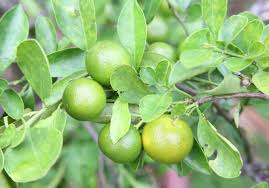
The tree is a great option for growers looking for something that can provide fruit as well as shade in warmer climates – it has a dense crown but tends to be very sensitive to the cold.
Regardless of whether you opt to plant it in your favorite room indoors, in a pot on the patio or deck or in your garden, this tree will reward you with lots of great tasting, deep green fruit throughout the year.
All you need to is a sunny space just about anywhere and you can start enjoying the awesome flavor of this fruit, as it does not have demanding growing requirements.
You can enjoy having slices of Key limes at arm’s reach and right next to your kitchen where you can prepare memorable Key lime pies in the comfort of your home, if you choose to grow this tree in your favorite indoor space.
Uses of Mexican Lime tree
- A variety of health issues including diabetes, toothache, varicose veins, mouth ulcers, gall bladder stones, high cholesterol, kidney infections, intermittent fevers, gastric ulcers, blood impurities and liver problems can be treated using decocted key lime tree bark tea.
6. The Blood Lime Tree
As they ripen, blood limes develop a unique red tone.
A hybrid created to be resistant to salt, Citrus australiasica var. sanguine, simply referred to as blood limes, are a rare type o citrus, whose name was borrowed from their blood-red colored rind.
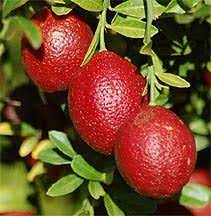
This citrus tree can be grown as an ornamental; and, comes with fruit that are sweeter and smaller than the typical lime.
Uses of Blood Lime tree
- Helps safeguard against kidney stones.
- Decreases the risk of heart disease
- Has ornamental value
7. Persian Lime Trees
The most commonly sold type of lime in the United States is the Persian lime – a type of Tahiti lime tree – along with the Bearss.
Known to turn yellow when it is fully ripe, the Persian lime tree is a cross between a lemon tree and a key lime tree.

In addition to growing thorny branches in some cases, this tree can also grow to a height of 20 feet. Considered to be less acidic than other types of lime trees, this variety thrives in climate zones 9 to 11.
Uses of Persian Lime Trees
- Helps keep skin healthy
- Assists with the absorption of iron
- Improves immune system
- Decreases the risk of heart disease
- Kidney stone prevention
8. The Giant Key Lime Tree
There is no doubting the delicious nature of key limes. But, if you want to enough juice to use, you will have to get a good number of these tiny fruits.
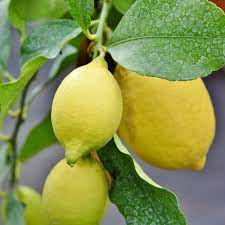
The Citrus aurantifolia Swingle “Giant Key” or simply Giant Key Lime was quite useful in the kitchen.
However, this awesome fruit has been pushed to the sidelines due to changing trends. This has led to the disappearance of Giant Key Lime commercial growers that can provide gardeners with trees.
Uses of Giant Key Lime Trees
- Great for making key lime pie, drinks and cooking thanks to the fruit’s juicy nature.
- Very useful in the kitchen
Summary
What you want from the tree is the main determinant of the type of lime tree you end up choosing to grow. You can choose the Thai or Calamansi lime trees if you are more interested in the decorative properties of the tree, instead of its bitter fruit. However, the Key lime or Tahitian lime trees are better options if you are looking to use the tree and its fruit in the kitchen.
It is important that you do your homework, regardless of the tree you end up choosing, in order to avoid the commonly encountered growth problems.
Have a favorite lime tree type? Share it in the comments, and don’t forget to give a reason behind your choice!
Contact Imperial Tree Removal Services, Daly City, California at (650)-200-4153, for more information
